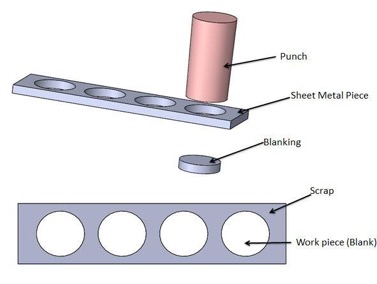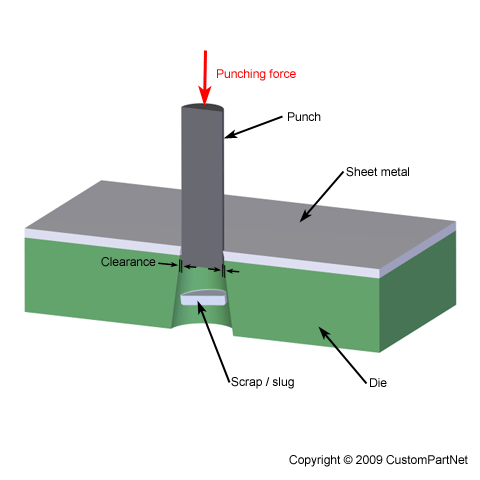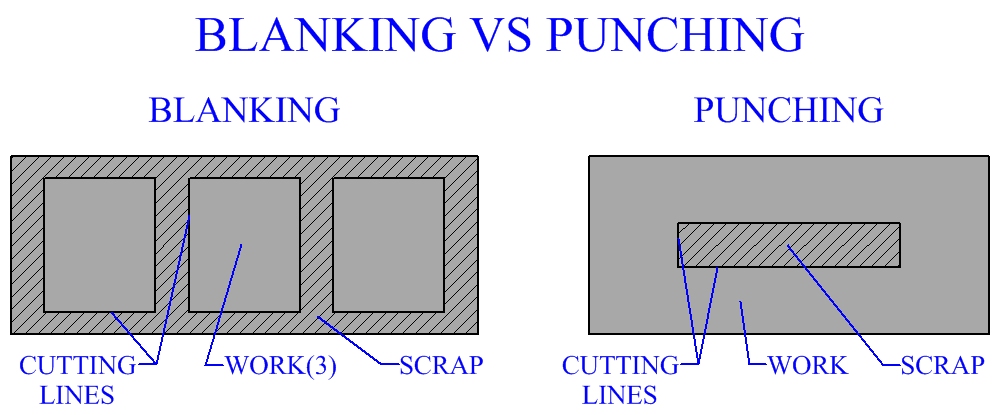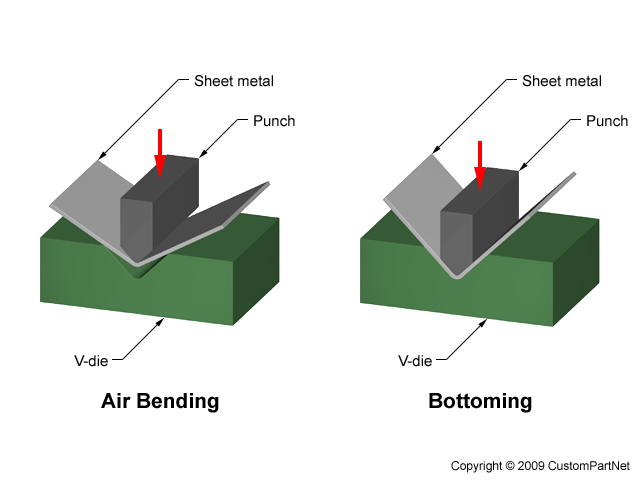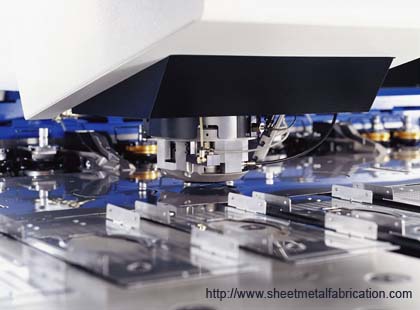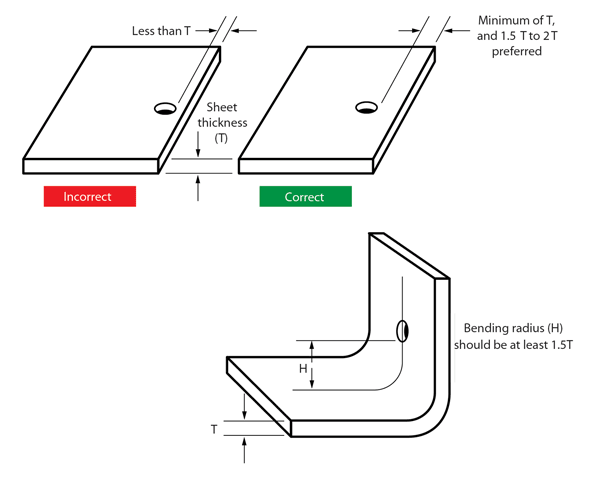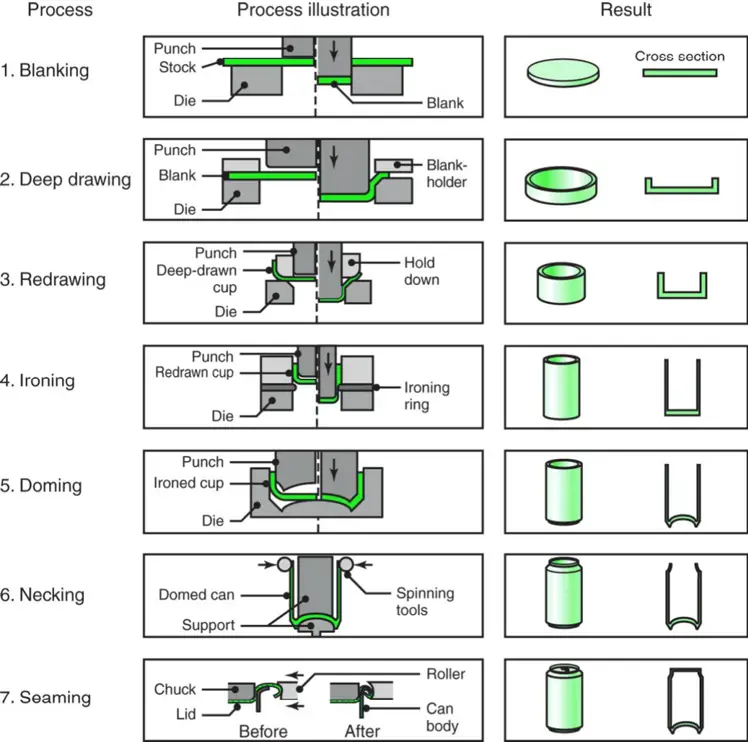Punching is a forming process that uses a punch press to force a tool called a punch through the workpiece to create a hole via shearing punching is applicable to a wide variety of materials that come in sheet form including sheet metal paper vulcanized fibre and some forms of plastic sheet.
The sheet metal punching process explained.
Capping presses form caps from rolls of aluminium foil at up to 660 per minute.
In other words combination of punching operations modify existing blank sheet using metal removing operations.
This process leaves a hole in the metal workpiece.
Generally used for thin sheet metal processing.
As a result of punching a larger piece of sheet metal becomes the final product.
A screw press is also known as a fly press.
It generally consists of a press frame a bolster plate and a ram.
Punching is a metal fabricating process that removes a scrap slug from the metal workpiece each time a punch enters the punching die.
As explained above punching operation removes scrap from the larger piece of sheet metal.
Its ability to produce economical holes in both strip and sheet metal during medium or high.
The ability of a cnc punch to achieve this kind of shaping is a large part of the reason why sheet metal punching may be used in place of laser cutting for many custom metal forms.
A stamping press is a machine press used to shape or cut metal by deforming it with a die.
No tags for this post.
Characteristics of the punching process include.
Generally the punching process includes hole punch corner notch hole punch blanking punch convex hull tearing draw hole etc.
A punch press is used to form holes.
A pure punching machine with an automatic conveyor system can process sheet sizes of 1250 x 2500 mm.
In metal construction and the building industry use punching to produce profiles in sheet metal.
It is a metal removal operation.
When the plate is thick such as 2 0 2 5mm etc we can directly tap the wire without turning over.
The maximum dimensions of the punching process are of course related to the selected punching machine.
Next the punch presses down and through the sheet metal to create a hole.
Finally punching is a sheet metal forming process that involves the use of a punch and die set to create holes in sheet metal.
The punch often passes through the work into a die a scrap slug from the hole is deposited into.
The sheet metal is placed between the punch and die.
The maximum sheet density is up to 4 mm.


